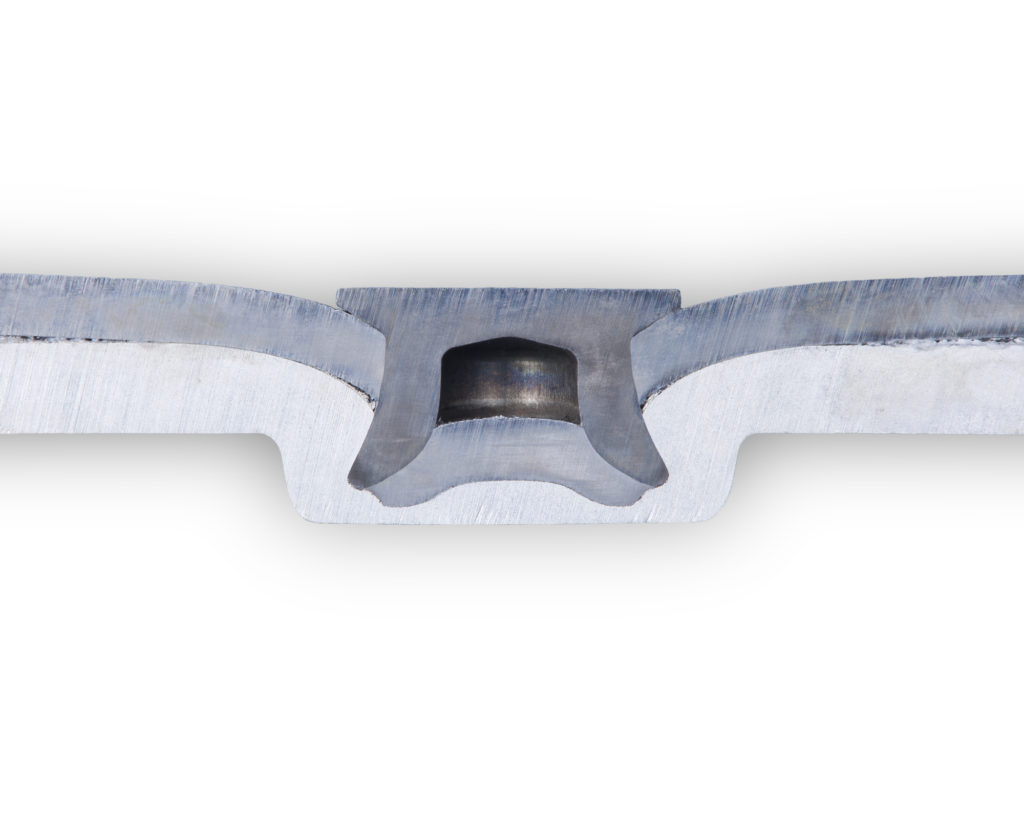Self-piercing Rivets Get Another Boost as Stanley Enters North American Automotive Market


Stanley Engineered Fastening announced it would start selling “next-generation self-pierce rivets (SPR)” in North America for the first time. The new Range Rover Sport has 3,648 Stanley SPRs. In North America, SPRs notably are already part of the joining for the aluminum (and steel) current-gen Ford F-150 and Cadillac CT6. A spokeswoman for Stanley provided the following definition: Self-pierce riveting (SPR) is a process used to join two or more layers of materials without a predrilled or punched hole. This is done by driving a rivet through the top layers of material and upsetting the rivet in the lower layer (without piercing the layer) to form a durable joint. SPRs can effectively join together parts made of aluminum, steel, plastics, composites or a combination of materials. “Demand for SPRs, which already are well-established in Europe, is on the rise in North America as automakers increasingly adopt materials such as aluminum,” Stanley wrote. Stanley said it already had heard interest from “several major North American automakers” who wanted to add materials like aluminum and carbon fiber. “Whether joining aluminum, steel, plastics, composites, or combinations of materials, SPR is ideal for joining sheet materials,” Stanley Breakthrough Innovation Vice President Siva Ramasamy said in a statement. “SPRs are installed with a servo-driven tool enabling control of the rivet-setting process. The system provides process-monitoring capabilities, enabling increased productivity and quality.”

Subscribe







